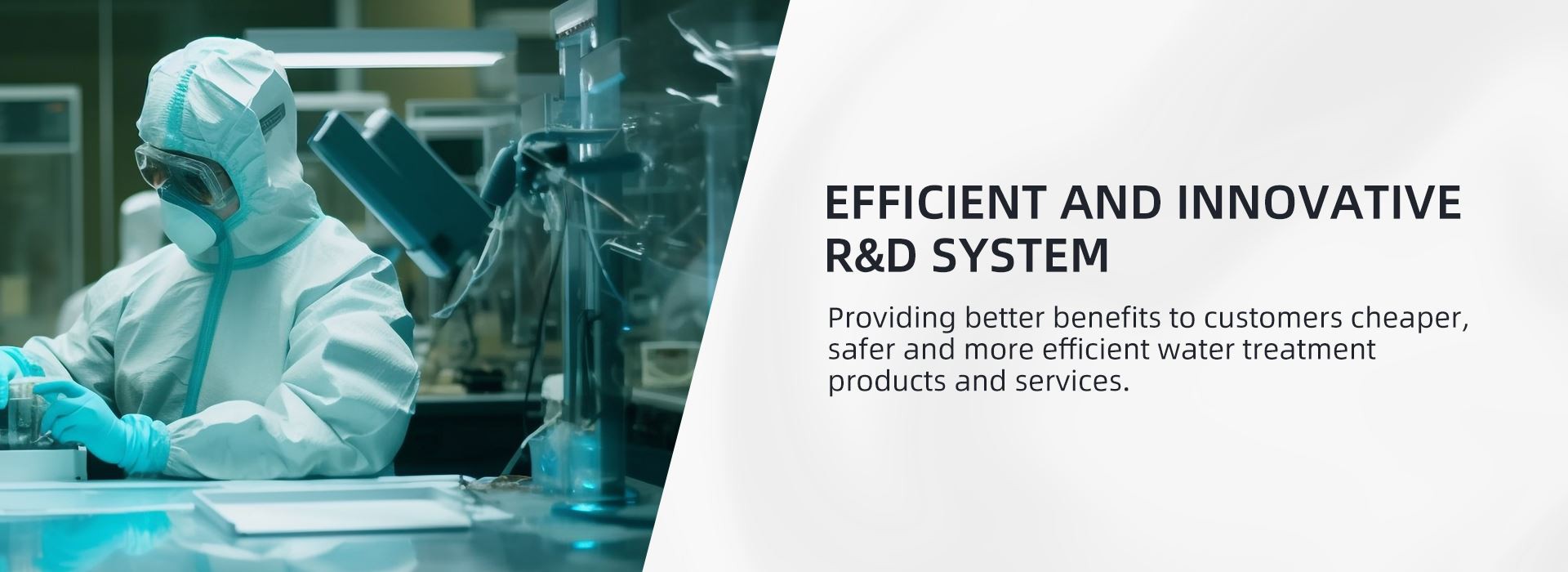The mixed bed process refers to a method of water purification that utilizes a special type of resin bed to remove impurities from water. The process involves combining two separate types of ion exchange resin beds - one containing positively charged ions, and the other containing negatively charged ions - in a single container.
When water passes through the mixed bed of resins, impurities such as dissolved solids and heavy metals become attached to the resin beads and are removed from the water. This process is known as ion exchange.
The mixed bed process is commonly used in industries that require high-purity water, such as the pharmaceutical and electronics industries. It is also used for producing ultra-pure water for laboratory research.
In order for the mixed bed process to be effective, it requires frequent regeneration or replacement of the resin beads. This is because over time, the resin beads become saturated with impurities and lose their ability to effectively remove them from the water.
There are several factors that can impact the effectiveness of the mixed bed process. Water temperature, pH levels, and the concentration of impurities in the water can all affect how well the resin beads are able to remove impurities. Additionally, the quality and type of resin used can impact the efficiency of the process.
Overall, the mixed bed process is an effective method for removing impurities from water and is widely used in a variety of industries. However, it does require careful maintenance and monitoring to ensure that it is functioning properly and producing high-quality water.


